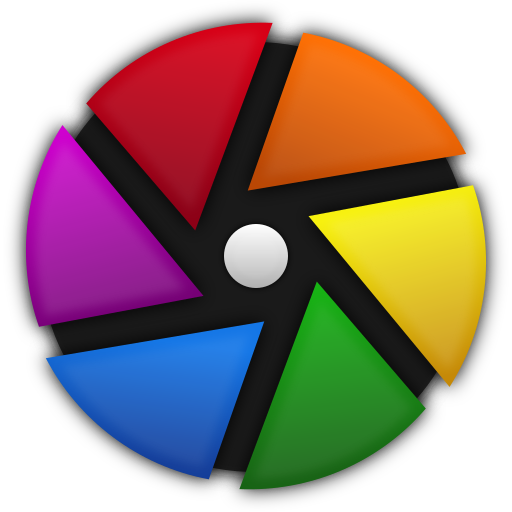Archiver
Veteran
I've been using Lightroom 4.4 for many, many years. I missed buying a license key for Lightroom 6, which means that LR4 is the last standalone version of Lightroom I can access, unless I brave the high seas. It's been pretty good, doing more or less what I want it to do, and I know it inside out. The only problem is that cameras that came after the Panasonic LX7 are not supported, which means using Adobe DNG Converter to transform later raw files into something LR4 can handle. This creates another layer of work that I have borne with for years, but I finally wondered if any other raw processor will give me the same or better look as LR4.
Well.
Two prominent options are Raw Therapee and Capture One Pro. RT is freeware, with a slightly clunky interface and a surprising number of options that LR4 seems to lack. C1 has a subscription and standalone payment process, both of which are quite expensive. As of Dec 2024, C1 standalone is $549 USD, and subscribing for a year is about $300 USD. Yuck.
I tried both programs with a number of files from my Leica M9, Panasonic GX85, G9 and S5, which are my most used cameras. After a couple of hours of adjustments and experimentation, it seems that C1 Pro does a better job that Raw Therapee with these files in terms of colour and exposure adjustment, and Raw Therapee uses an awful HSV colour channel implementation that is nothing like the HSL slider feature of Lightroom. The images were acceptable, but I couldn't for the life of me figure out how to tweak HSV the way I wanted.
Most critically, LR4 gives me effortless and pleasing adjustments to M9 files, where both C1 and RT require a lot more fiddling. Oddly, raising M9 file exposure in LR4 results in a bright and attractive image, but it isn't the same with RT or C1.
So I'm sticking with LR4 for now, although I'll try Luminar later. I am attempting to slowly wean myself from Adobe and their subscription model, and their use of you assets to train AI.
Back to editing the Christmas images. Have a great new year, everyone!
Well.
Two prominent options are Raw Therapee and Capture One Pro. RT is freeware, with a slightly clunky interface and a surprising number of options that LR4 seems to lack. C1 has a subscription and standalone payment process, both of which are quite expensive. As of Dec 2024, C1 standalone is $549 USD, and subscribing for a year is about $300 USD. Yuck.
I tried both programs with a number of files from my Leica M9, Panasonic GX85, G9 and S5, which are my most used cameras. After a couple of hours of adjustments and experimentation, it seems that C1 Pro does a better job that Raw Therapee with these files in terms of colour and exposure adjustment, and Raw Therapee uses an awful HSV colour channel implementation that is nothing like the HSL slider feature of Lightroom. The images were acceptable, but I couldn't for the life of me figure out how to tweak HSV the way I wanted.
Most critically, LR4 gives me effortless and pleasing adjustments to M9 files, where both C1 and RT require a lot more fiddling. Oddly, raising M9 file exposure in LR4 results in a bright and attractive image, but it isn't the same with RT or C1.
So I'm sticking with LR4 for now, although I'll try Luminar later. I am attempting to slowly wean myself from Adobe and their subscription model, and their use of you assets to train AI.
Back to editing the Christmas images. Have a great new year, everyone!
Last edited:






